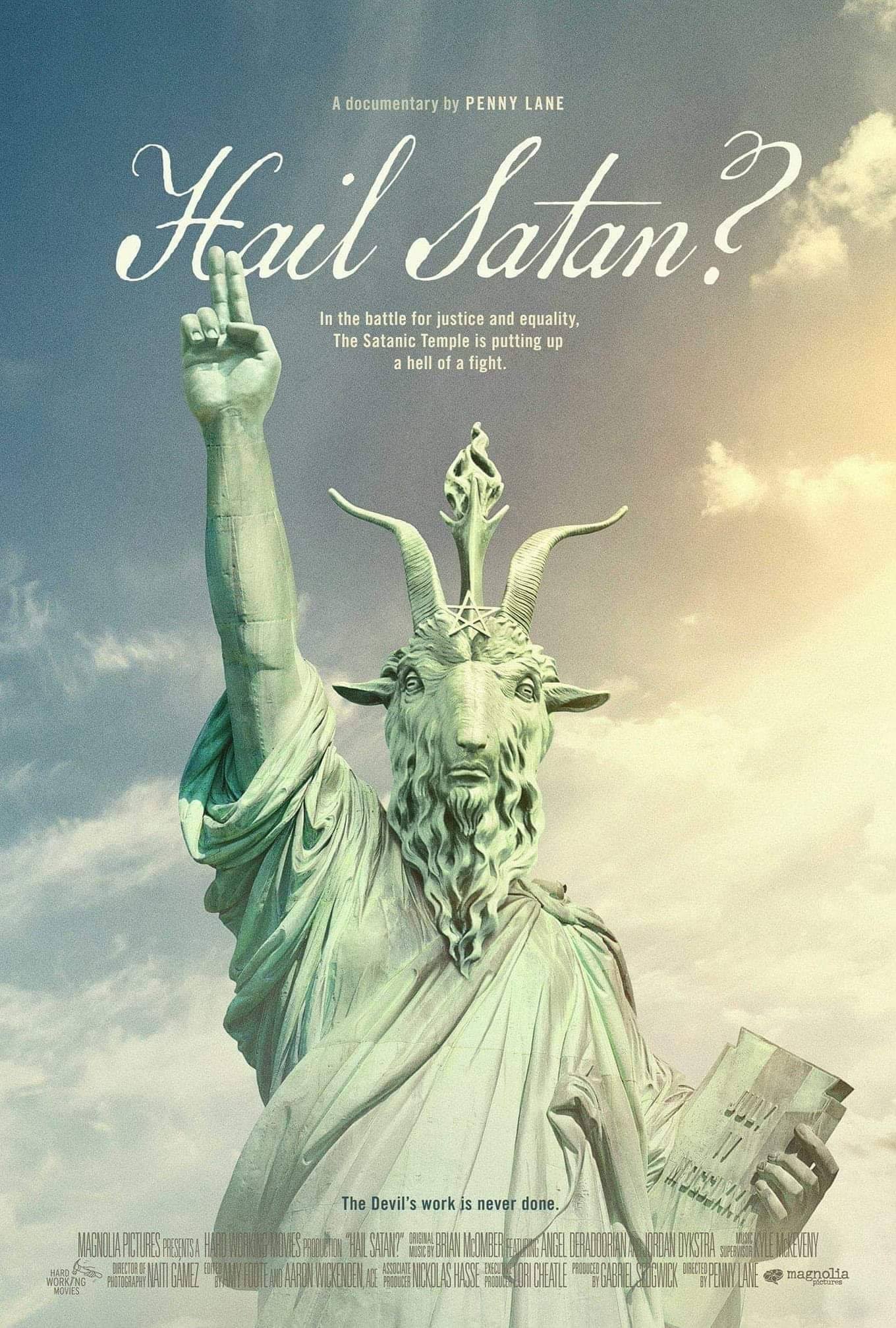

It was built to commemorate an important moment in U.S. Today, 5th Avenue is referred to as the “ most expensive and elegant street in the world.” Fifth Avenue behind the arch / Wiki Commons 3. One section around halfway the street was referred to as the “ Millionaires’ Row” in the early 20th century because of the luxurious residences that were built there. Patrick’s Cathedral, and Rockefeller Plaza. It’s home to some of the city’s most famous buildings, including but not limited to the Empire State Building, the Flatiron Building, St. The park along with the arch at its northern entrance form the terminus of one of the most famous streets in New York, Fifth Avenue, a street that can be described as what the Champs-Élysees is for Paris. It’s situated at the end of one of the most prominent streets in the city Washington Square Park / Ludovic Bertron / 2.

The fountain area of the park is one of the most popular spots to hang out for residents of the city. It covers an area of 9.75 acres (39,500 square meters) and is considered to be one of the best-known parks in New York after Central Park. You’ll find a lot of street entertainers and there’s an area dedicated to chess players as well. The park was opened in the year 1871 and is managed by the New York City Department of Parks and Recreation. The Washington Square Arch is located near the northern entrance of Washington Square Park, a popular public park in the Greenwich Village neighborhood of Lower Manhattan in New York City. The arch is located in a popular park in Lower Manhattan In this post, you’ll discover the ultimate list of interesting Washington Square Arch facts, a landmark you simply have to see when you visit the city. 105 years later and WSP still does its part to bring people together, but these days we ask you to please keep your picnics (and protests) on the ground.One of the most fascinating arches in the world is also one of the most magnificent attractions in New York City. Artists, writers and radicals from all over the country were making their way to Greenwich Village and the Square to pursue their art and lend their support to the causes of labor, pacifism, and women’s rights. Immigrants, families with wealth, and this new artistic and intellectual class all met in the neighborhood, and Washington Square Park, with its open space, drew them all together. In the years before the First World War, the Washington Square neighborhood was shedding its old skin to emerge as the center of a young bohemian community. Their pacifist message is reflective of the unique values held by the neighborhood’s Bohemian community at that time. “Arch Conspirators” Etching by John Sloan, 1917 Metropolitan Museum of Art They were gathered together in protest against increasingly militant US foreign policy on the eve of the country entering WWI. The Conspirators weren’t just there to have a good time.

When they needed a platform, or a place to be heard, WSP was the first stop. The actions of the Arch Conspirators highlight the role that Washington Square Park played for the writers, actors, artists, and intellectuals who made up the “Bohemian” Village. These six self-proclaimed “Arch Conspirators” then spread out blankets, hung Chinese lanterns, tied red balloons to the Arch’s parapet, sipped tea, shot off cap pistols, and conversed until dawn before declaring a “Free and Independent Greenwich Village.” Arch Conspirators John Sloan (L) and Marcel Duchamp (R)ġ05 years later and we still recall the evening of debauchery thanks to painter and participant John Sloan, who immortalized the night in his etching, “Arch Conspirators.” While we don’t often look fondly on those who break Park rules, the distance of over 100 years from the event helps us to take a more generous perspective.

Poet Gertrude Drick, painters John Sloan and Marcel Duchamp, and Provincetown Playhouse actors Russell Mann, Betty Turner, and Charles Ellis found a way into the Arch and stole up the spiral staircase. On January 23, 1917, a group of Village Bohemians stole to the top of the Washington Square Arch for a fête.


 0 kommentar(er)
0 kommentar(er)
